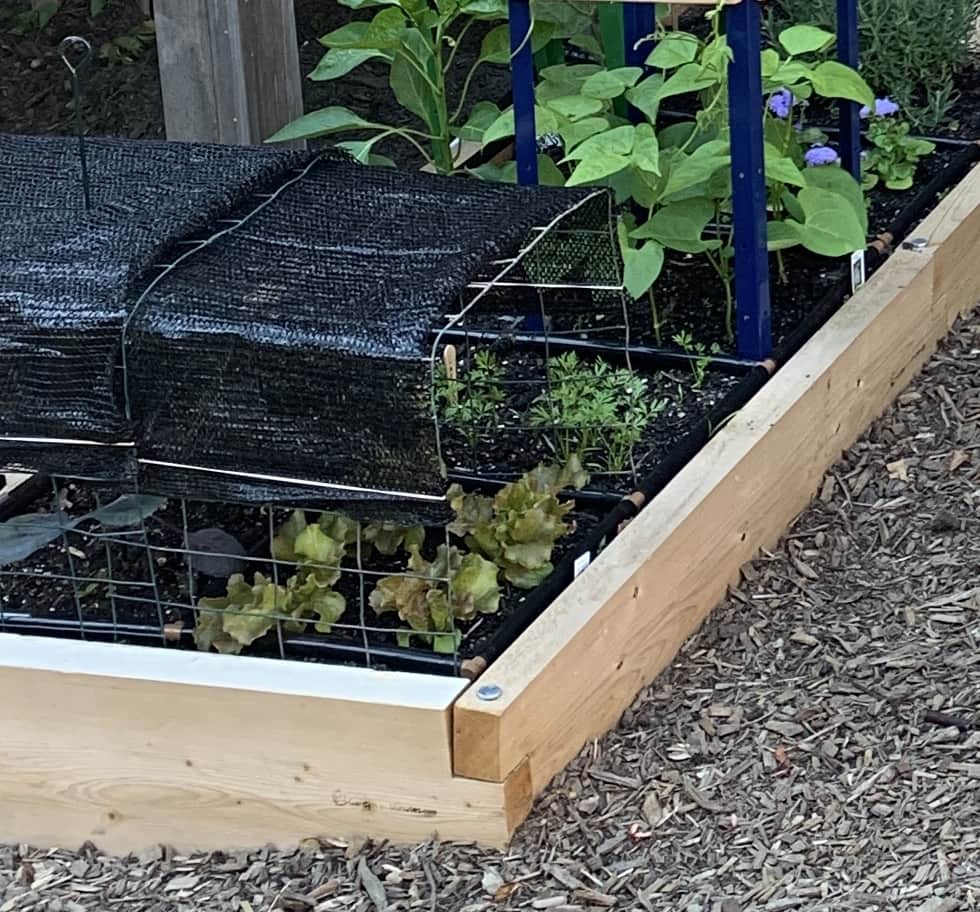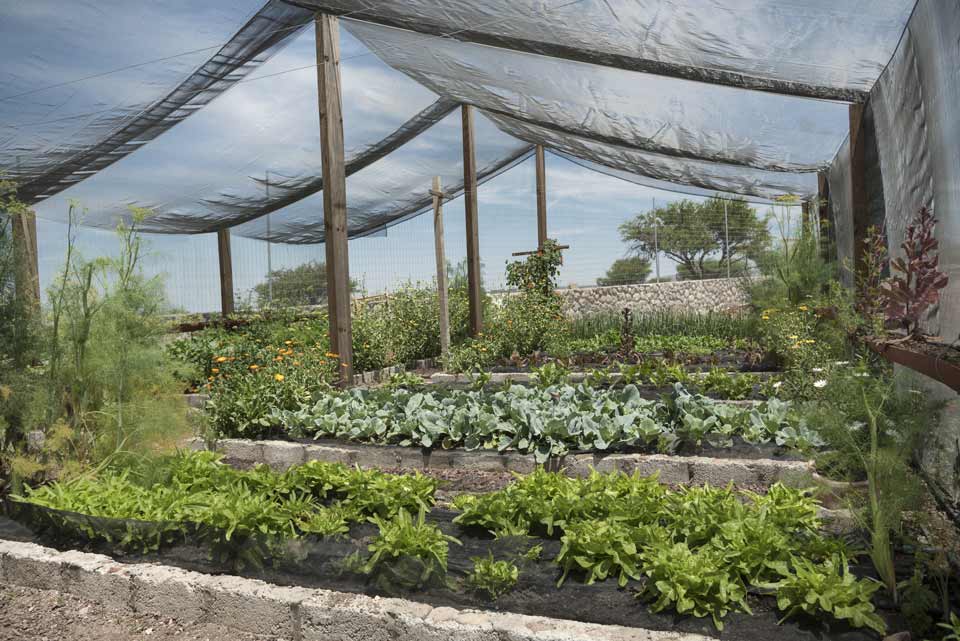To use shade cloth in your garden, first determine the right percentage of shade needed for your plants. Then, install the cloth securely over the desired area, ensuring proper ventilation.
Shade cloth is an essential tool for gardeners aiming to protect their plants from excessive sunlight. It comes in various densities, offering different levels of shade, which is crucial for preventing sunburn and heat stress. Using shade cloth can enhance plant growth by creating a more suitable environment, especially during hot summer months.
Gardeners can cover specific plants, entire sections, or even use it to create shaded paths. Understanding how to apply shade cloth effectively will help maintain a thriving garden while maximizing your plants’ potential.

Credit: www.reddit.com
How to Use Shade Cloth in Garden : Step by Step Guide
Introduction To Shade Cloth
Shade cloth plays a vital role in gardening. It protects plants from harsh sunlight. This cloth helps to reduce heat and maintain moisture. As a result, plants grow healthier and stronger.
Using shade cloth has many benefits for both plants and gardeners. It prevents sunburn on delicate leaves. Shade cloth also reduces water evaporation from the soil.
Gardening becomes easier with shade cloth. It creates a more comfortable environment for plants. Gardeners can enjoy better yields and vibrant blooms. Choosing the right shade percentage is key for success.
Identifying Garden Shade Requirements
To effectively use shade cloth in your garden, start by assessing sunlight patterns. Observe how sunlight moves across your space throughout the day. This helps identify areas that receive direct sunlight and those that remain shaded.
Different plants have varying shade tolerance levels. Some plants thrive in full sun, while others prefer partial or full shade. Knowing these preferences is key to healthy growth.
Consider creating a simple chart to track your garden’s light exposure. This can guide your shade cloth placement and ensure each plant gets the right amount of light.
Selecting The Right Shade Cloth
Choosing the right shade cloth is important for your garden’s health. Different materials offer unique benefits. Here are some common types:
| Material | Benefits |
|---|---|
| Polyester | Durable and long-lasting |
| Canvas | Good for heavy shading |
| Mesh | Allows air circulation |
Shade cloth comes in different percentages. A higher percentage blocks more sunlight. For example, a 50% shade cloth is great for many plants. Use 30% for sun-loving plants. Always consider your plant’s needs when selecting the percentage.
Installation Tips For Optimal Use
Finding the best location for shade cloth is crucial. It should block harsh sunlight while allowing some light in. Consider placing it over plants that need protection. Test different areas to see which one works best.
Securely fastening shade cloth helps it stay in place. Use staples or clamps to attach it to structures. Make sure it is tight to avoid flapping. Check it regularly for any wear and tear. A well-secured shade cloth lasts longer and works better.
Watering Practices Under Shade Cloth
Adjusting irrigation schedules is important under shade cloth. Plants need less water in shaded areas. Check the weather to know how much water is needed. Watering should be consistent but not excessive.
Monitoring soil moisture levels helps keep plants healthy. Use a moisture meter or your finger to check the soil. If the soil feels dry, it’s time to water. Always ensure the soil is well-drained to avoid root rot.
Shade Cloth Maintenance
Cleaning your shade cloth is easy. Use mild soap and water. Rinse thoroughly to remove dirt and debris. Let it dry completely before storing. This helps prevent mold and mildew.
For storage, fold the shade cloth neatly. Store it in a cool, dry place. Avoid direct sunlight to keep it in good shape.
Repairing small tears is simple. Use a needle and thread to sew them up. For larger damage, consider using a repair tape designed for outdoor fabrics. This keeps your shade cloth effective.
Always check your shade cloth before the season starts. Regular maintenance ensures it lasts longer. A well-maintained shade cloth protects your plants better.
Alternatives And Complements To Shade Cloth
Using living shade options can enhance your garden. Consider planting tall trees or shrubs. They provide natural shade and create a beautiful landscape. Vines can grow on trellises, offering additional cover. This method also helps with air circulation.
Combining shade cloth with other garden structures can be very effective. Use arbors or pergolas to support shade cloth. This setup adds style while protecting plants from direct sun. Greenhouses can also benefit from shade cloth, regulating temperature and light. Make sure to adjust the cloth based on seasonal changes.

Credit: squarefootgardening.org
Case Studies: Successful Shade Cloth Applications
Shade cloth is great for vegetable gardens. It helps protect plants from harsh sunlight. Using a shade cloth can keep the soil moist. This leads to better growth and healthier vegetables. For example, tomatoes and lettuce thrive with some shade.
Ornamental plants also benefit from shade cloth. Many flowers need protection from strong sun. Too much sunlight can cause burnt leaves. Shade cloth can help maintain their vibrant colors. Plants like ferns and hibiscus enjoy filtered light.
Faqs On Using Shade Cloth In Gardens
Many gardeners ask about the best uses for shade cloth. It helps protect plants from harsh sunlight. Choosing the right shade percentage is important. For example, 30% shade cloth is great for young plants.
Some worry about air circulation. Quality shade cloth allows air to flow freely. This helps prevent mold and mildew. Make sure to secure the cloth properly to avoid damage from wind.
Regularly check your plants under the shade cloth. Look for signs of stress or overexposure. Adjust the cloth’s position based on the season and plant needs. Expert tips suggest using multiple layers for extra protection on very hot days.

Credit: creativecaincabin.com
Frequently Asked Questions
How Does Shade Cloth Benefit My Garden?
Shade cloth helps regulate temperature and protect plants from harsh sunlight. It reduces heat stress, minimizes water evaporation, and prevents sunburn on leaves. By using the right density, you can create an optimal growing environment for various plants, enhancing their health and productivity.
What Types Of Shade Cloth Are Available?
Shade cloth comes in several types, including knitted and woven materials. Knitted shade cloth is durable and allows air circulation, while woven cloth is more rigid and offers different UV protection levels. You can choose from varying percentages of shade, typically ranging from 30% to 90%, to suit specific plant needs.
How To Install Shade Cloth Properly?
To install shade cloth, first, measure the area you want to cover. Use sturdy supports like poles or frames to secure the cloth tightly. Ensure it’s taut to avoid sagging and allow rain or debris to slide off easily. Adjust the height based on plant growth and sunlight requirements.
When Should I Use Shade Cloth In My Garden?
Use shade cloth during the hottest months, particularly in summer. It’s beneficial when temperatures exceed your plants’ tolerance levels. Additionally, apply it during the establishment phase of young plants. This helps them acclimate to outdoor conditions without suffering from sun damage.
Conclusion
Using shade cloth effectively can transform your garden. It protects plants from harsh sunlight and promotes healthier growth. Remember to choose the right fabric and placement for optimal results. With these tips, you can create a thriving garden environment. Enjoy the benefits of shade cloth and watch your plants flourish.

